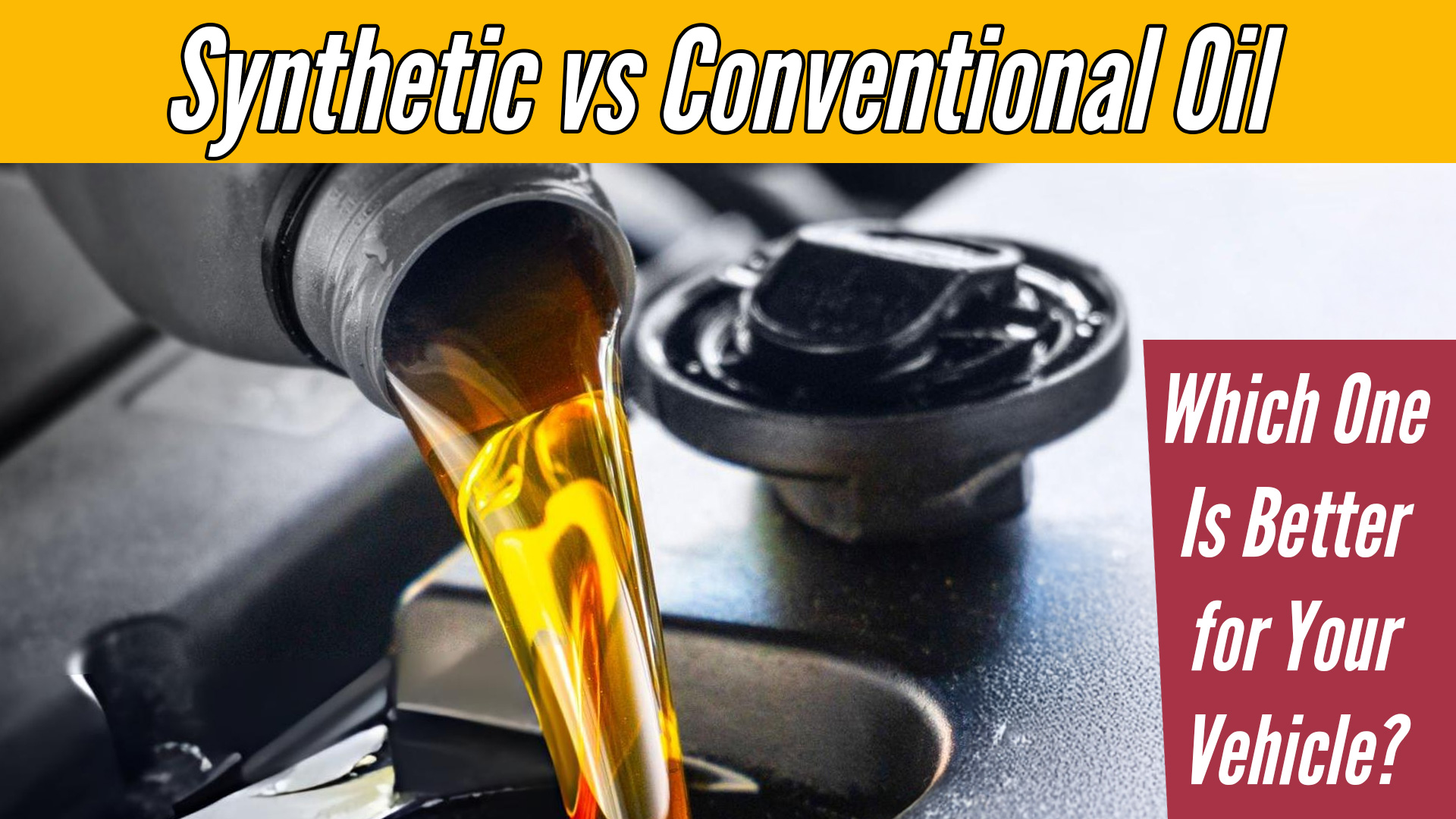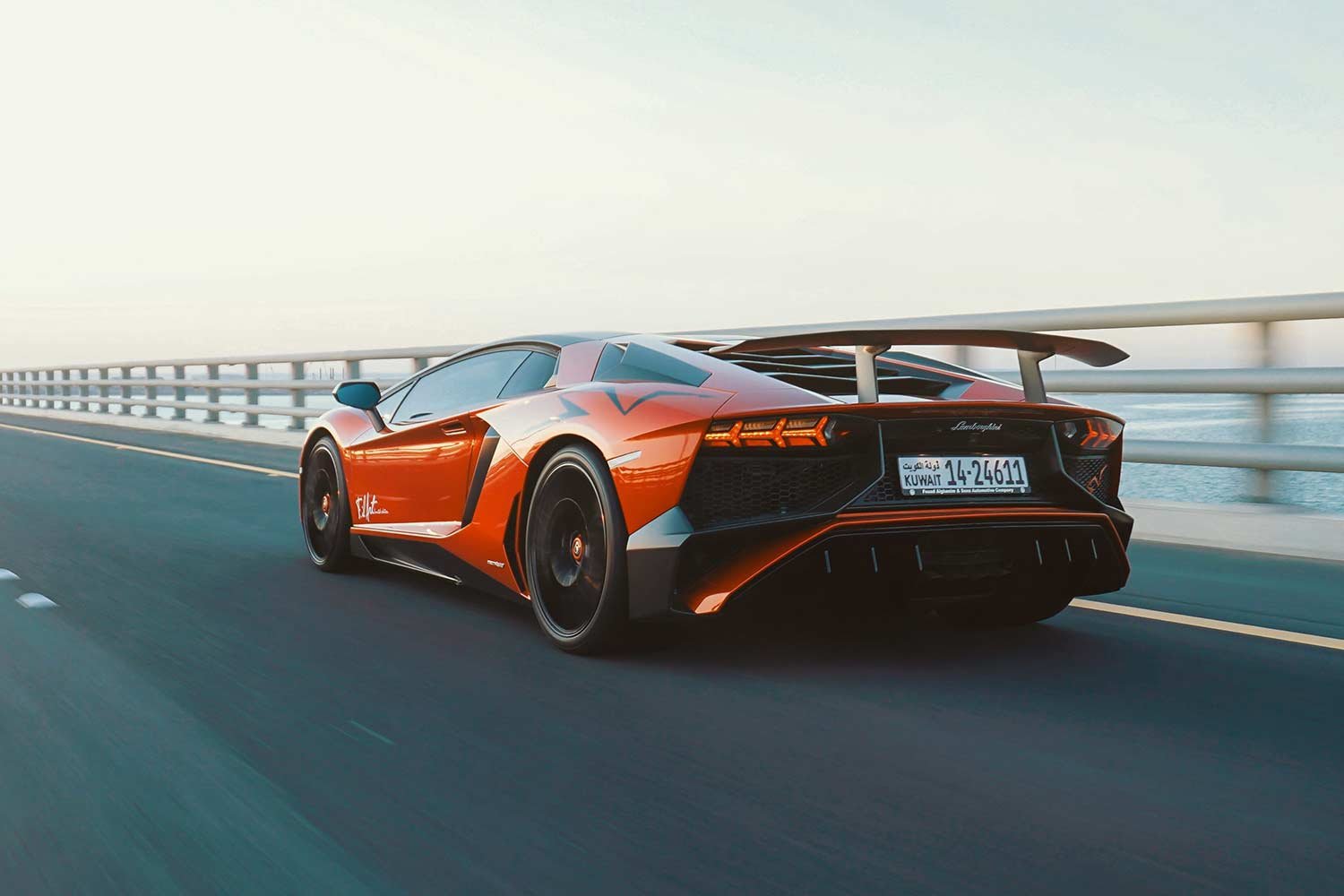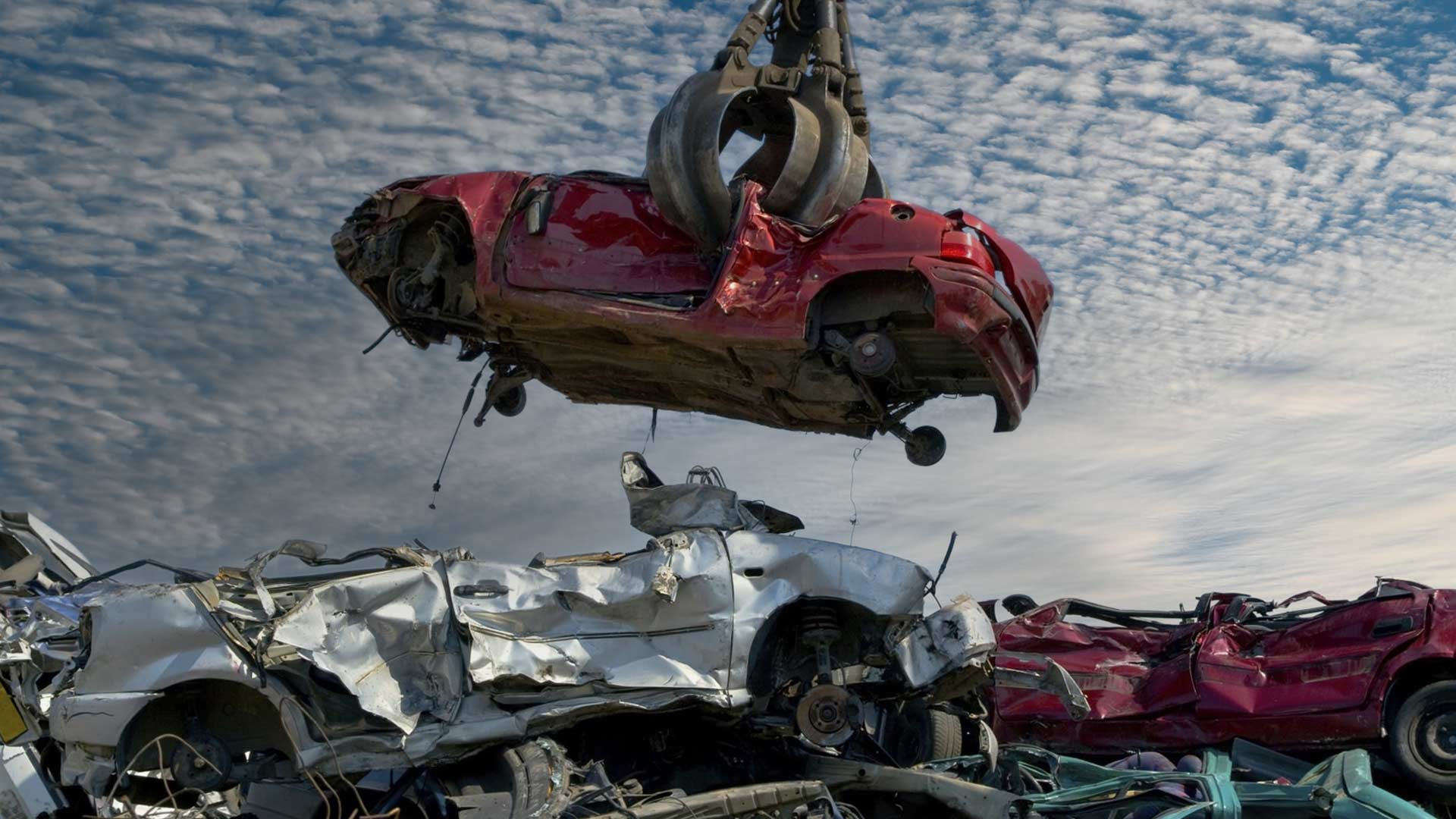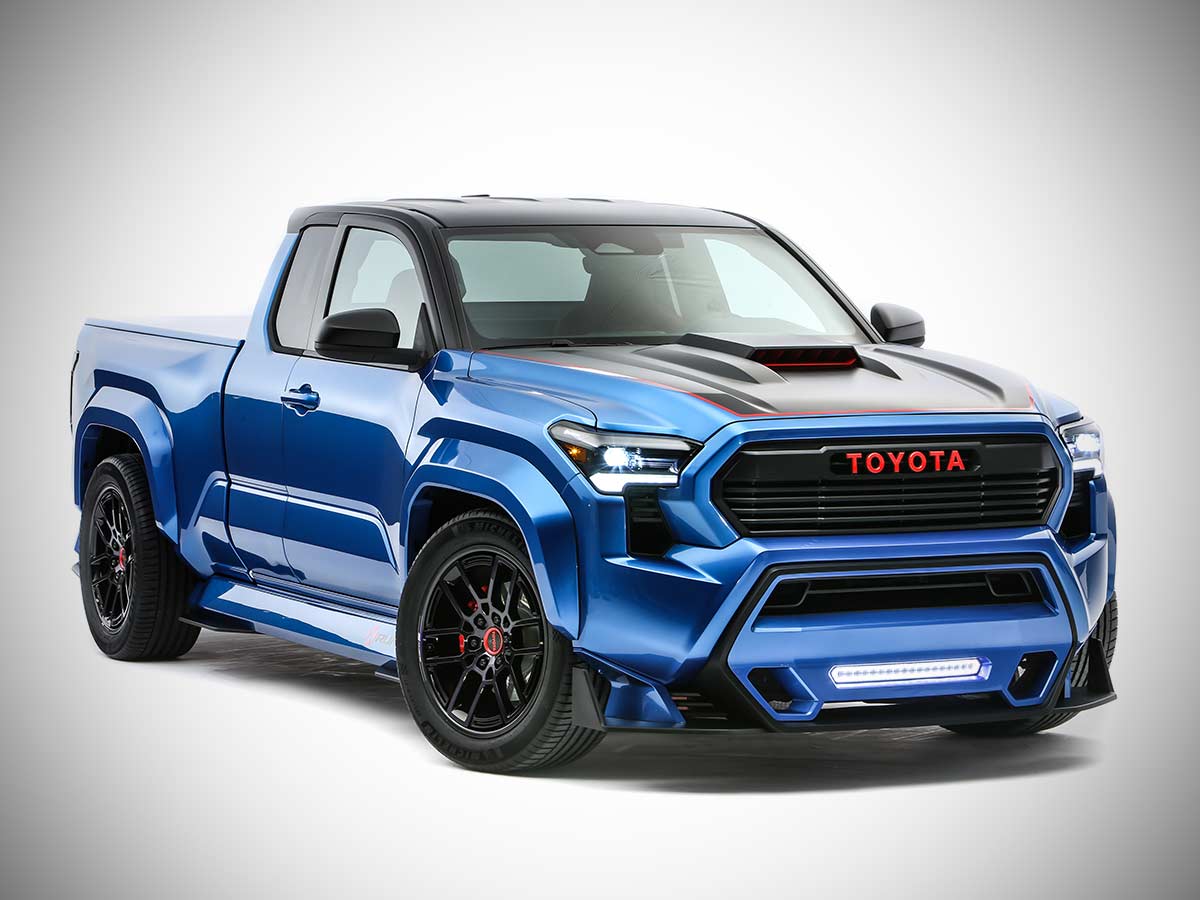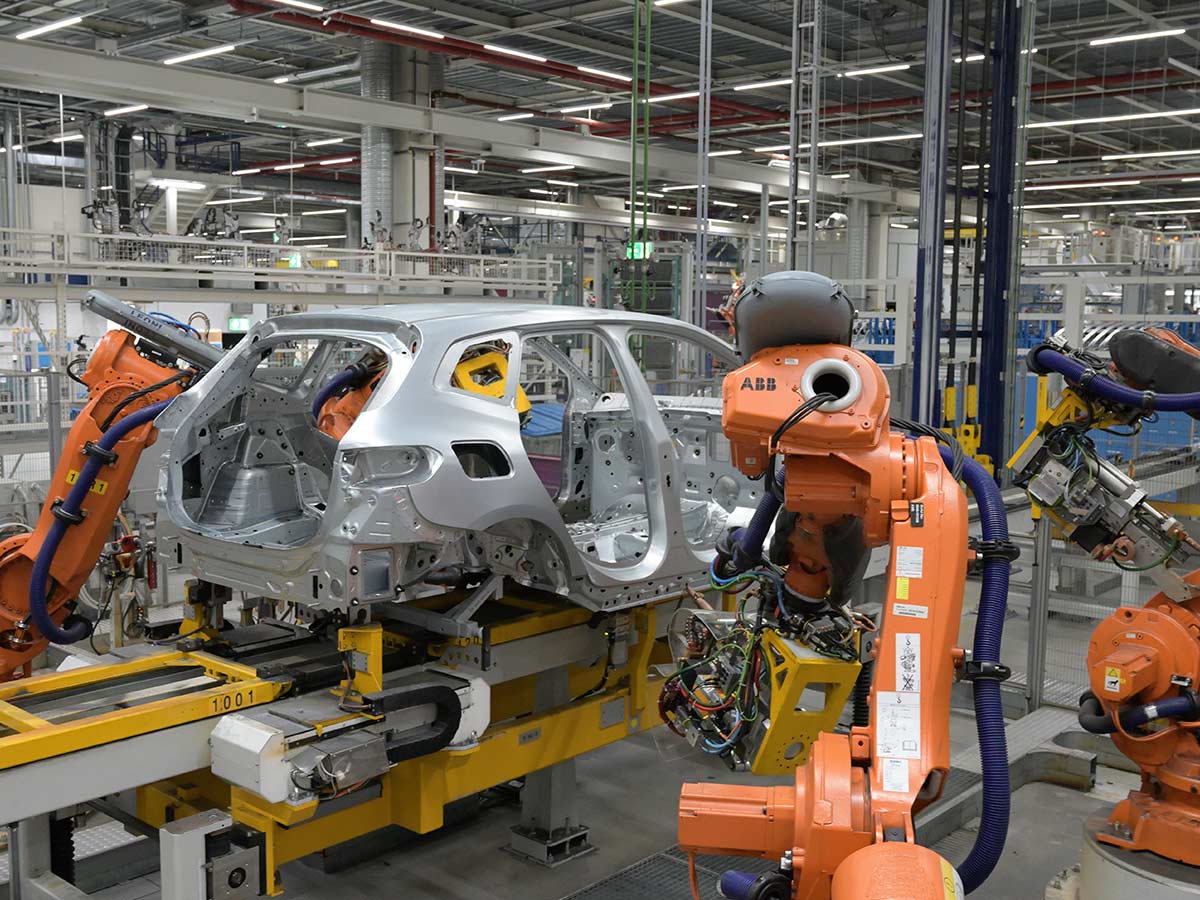The American automobile industry is a cornerstone of the nation’s economic and cultural landscape. From its humble beginnings in the late 19th century to its status as a global powerhouse, the industry has undergone a remarkable transformation. This article delves into the historical evolution of American car companies, tracing their journey from nascent experimentation to technological dominance and the subsequent challenges posed by globalization.
>>> Great Discounts on Car & Bike Accessories <<<

The Pioneer Era: Birth of an Industry
The late 19th century witnessed the emergence of the automobile as a viable mode of transportation. American inventors like Henry Ford, Ransom E. Olds, and William C. Durant played pivotal roles in shaping the industry’s trajectory. Ford’s introduction of the Model T in 1908, coupled with his innovative assembly line techniques, revolutionized automotive production and made cars accessible to the masses.
The Visionaries:
- Henry Ford: Often hailed as the father of the modern assembly line, Ford’s Model T democratized automobile ownership. By introducing mass production techniques, he drastically reduced the cost of cars, making them accessible to the middle class. His innovative spirit and business acumen transformed the industry.
- Ransom E. Olds: A pioneer in his own right, Olds founded Oldsmobile and is credited with creating the first mass-produced automobile, the Curved Dash Oldsmobile. His entrepreneurial spirit laid the groundwork for the industry’s growth.
- William C. Durant: A master of business strategy, Durant’s formation of General Motors through the merger of several smaller car companies marked a significant turning point. His vision of a multi-brand corporation shaped the industry’s future.
Birth of the automobile as a viable mode of transportation:
Prior to the late 19th century, automobiles were largely considered novelty items or luxury goods for the wealthy. Early cars were unreliable, expensive to maintain, and difficult to operate. Thanks to the efforts of pioneers like Ford, Olds, and Durant, automobiles became more affordable, practical, and accessible to the average consumer.
Rise of experimentation and innovation:
The early American automotive industry was characterized by a spirit of experimentation and innovation. As inventors and engineers tinkered with different designs and technologies, they laid the foundation for the future development of the automobile.
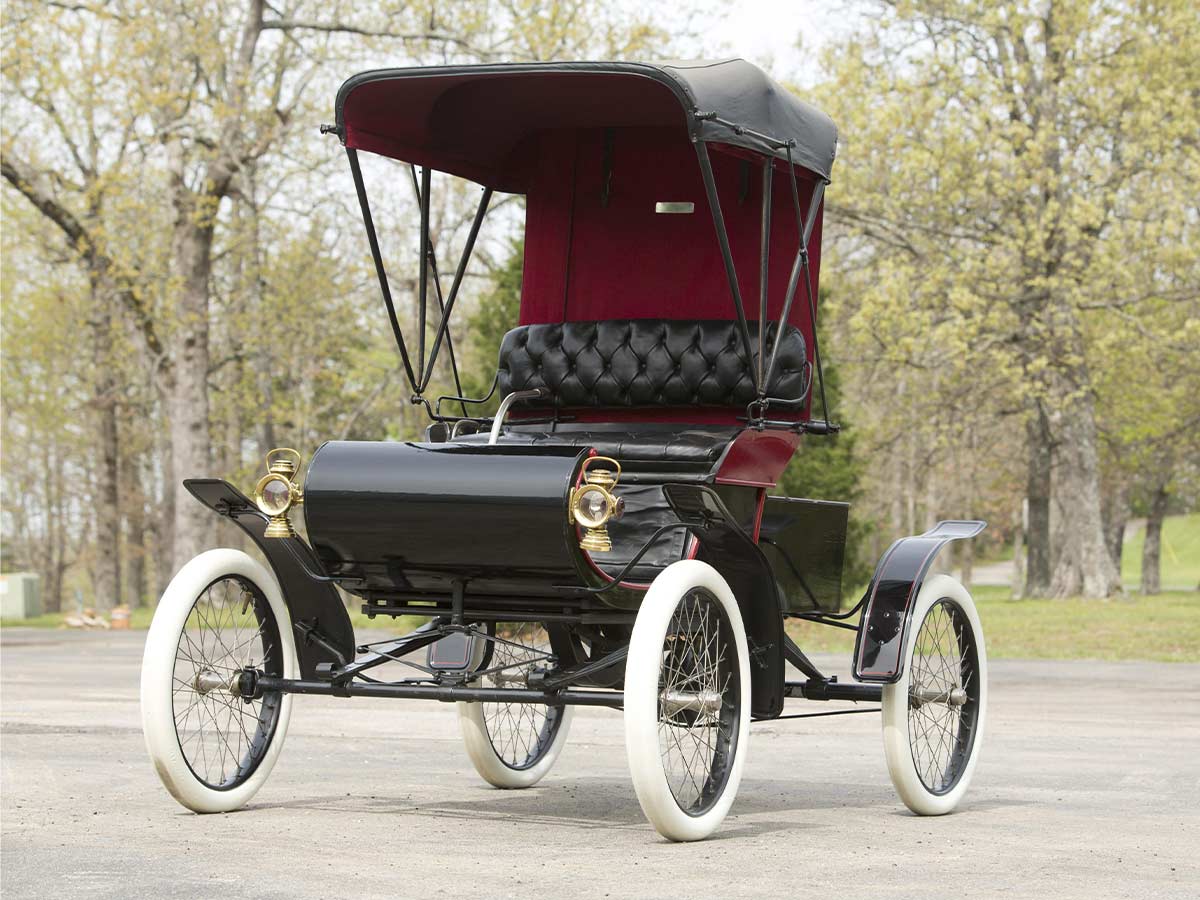
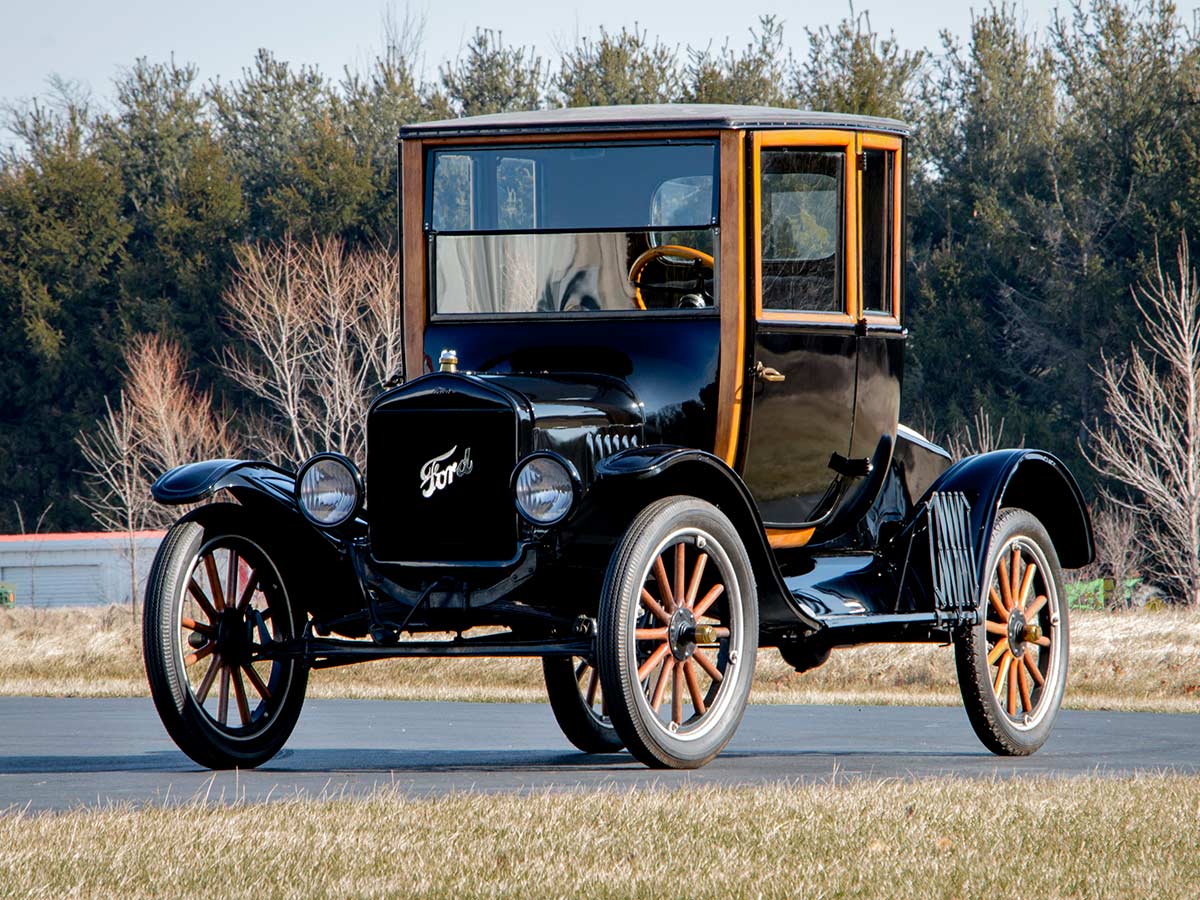
Significance of the Model T and assembly line techniques:
Henry Ford’s Model T, introduced in 1908, was a watershed moment in automotive history. The Model T was a simple, reliable, and affordable car, thanks in part to Ford’s innovative assembly line techniques. These techniques, which involved mass production and the standardization of parts, dramatically reduced production costs and allowed Ford to sell the Model T at a price point that was attainable for many middle-class Americans.
Transition from luxury vehicles to mass production:
The Pioneer Era witnessed a shift from the production of luxury cars to mass production of affordable vehicles. This shift was driven by the need to make cars more accessible to a wider range of consumers.
The Rise of the Big Three: Dominance and Expansion
The 1920s marked the consolidation of the American automotive industry, with General Motors, Ford, and Chrysler emerging as the “Big Three.” These companies dominated the market through aggressive marketing, product diversification, and vertical integration. The era was characterized by rapid growth, technological advancements, and the development of iconic car models that became synonymous with American culture.
Consolidation of the industry: General Motors, Ford, Chrysler:
By the 1920s, the American automotive industry had become consolidated, with General Motors, Ford, and Chrysler emerging as the “Big Three” automakers. These companies controlled a large share of the market and wielded significant influence over the industry.
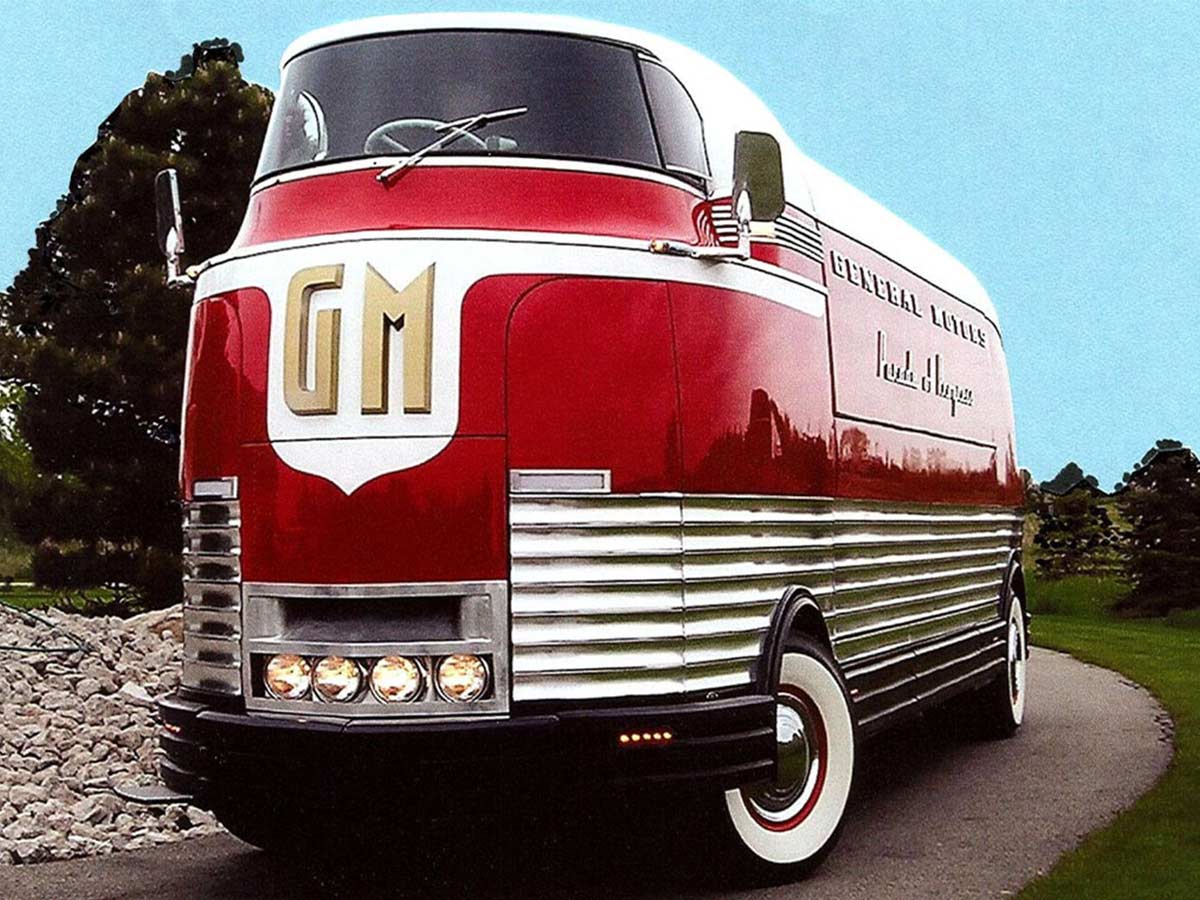
Aggressive marketing strategies and product diversification:
The Big Three employed aggressive marketing strategies to promote their cars to consumers. They also diversified their product lines to cater to different market segments, offering a wider range of vehicles from affordable sedans to luxury cars.
Vertical integration for greater control over production:
The Big Three pursued vertical integration, gaining control over various aspects of their supply chains. This allowed them to streamline production processes, reduce costs, and ensure the quality of their vehicles.
Development of iconic car models (e.g., Chevrolet SS, Ford Mustang, Chrysler Imperial):
The 1920s saw the development of some of the most iconic American car models, such as the Chevrolet SS, the Ford Mustang, and the Chrysler Imperial. These cars not only reflected the design trends of the era but also captured the imagination of the American public and became cultural symbols.
Impact on American culture and economic growth:
The rise of the American automotive industry had a profound impact on American culture and economic growth. Cars became an integral part of American life, shaping transportation patterns, leisure activities, and suburban development. The industry also created jobs, spurred innovation in related industries, and contributed significantly to the nation’s GDP.
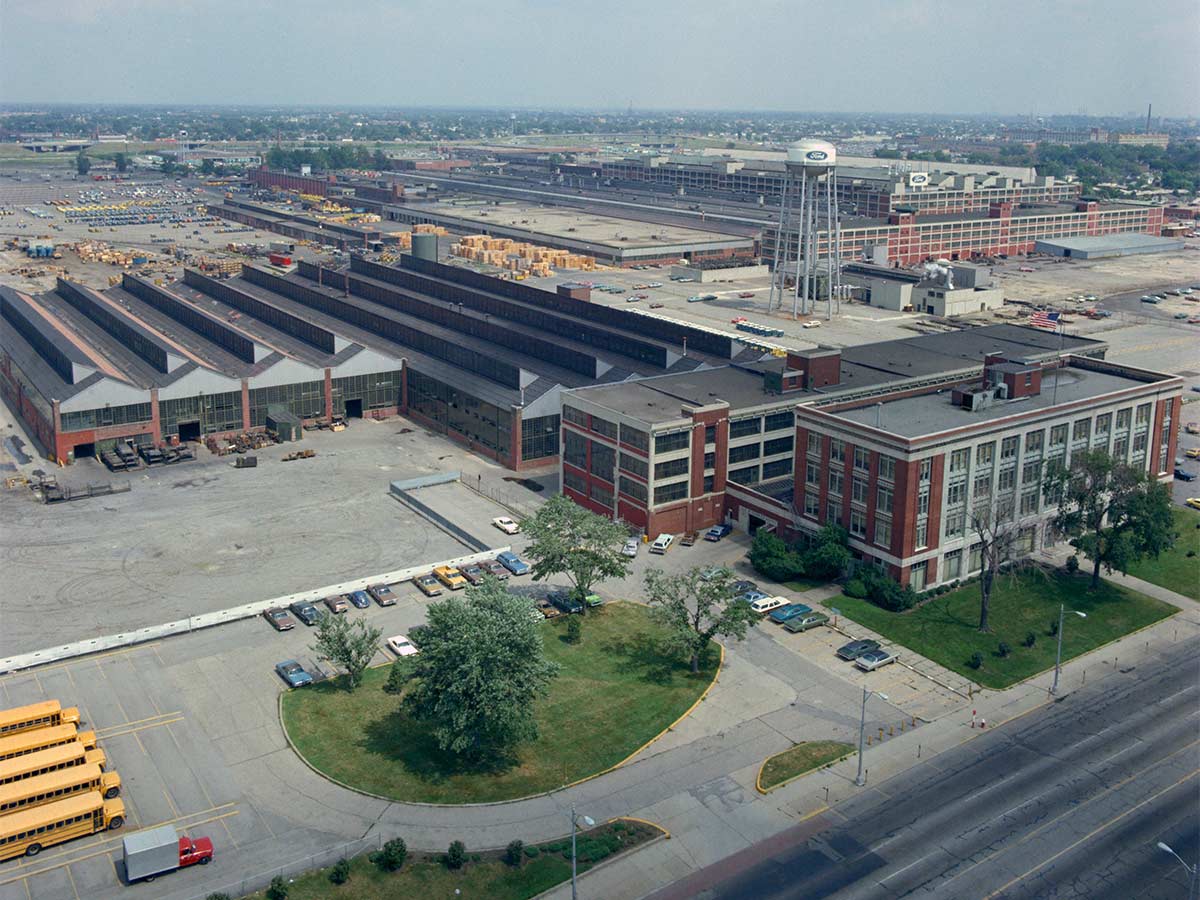
Post-War Boom and Challenges
The post-World War II period witnessed an unprecedented surge in car ownership, fueled by economic prosperity and suburbanization. American car companies capitalized on this booming market by introducing larger, more powerful vehicles. However, the industry faced increasing competition from foreign manufacturers, particularly Japan and Germany, which offered fuel-efficient and reliable cars.
Economic prosperity and suburbanization:
The post-war economic boom, fueled by the GI Bill and pent-up consumer demand, led to a surge in car ownership. Additionally, the rise of suburban living created a need for personal transportation, further driving sales.
Larger, more powerful cars:
To cater to consumer preferences, American car companies focused on producing larger, more powerful vehicles, often adorned with chrome and fins. This shift towards bigger cars also reflected the abundance of cheap gasoline.
Rise of automotive culture:
Cars became more than just transportation; they became symbols of status and personal expression. A thriving automotive culture emerged, characterized by drive-in theaters, car shows, and drag racing.
- Movies and Television: Cars have been featured prominently in countless films and TV shows, often serving as symbols of status, freedom, and adventure.
- Music: The automobile has inspired countless songs and has been a central theme in various music genres.
- Advertising: The automotive industry has been at the forefront of advertising, creating iconic campaigns that have left a lasting impact on popular culture.
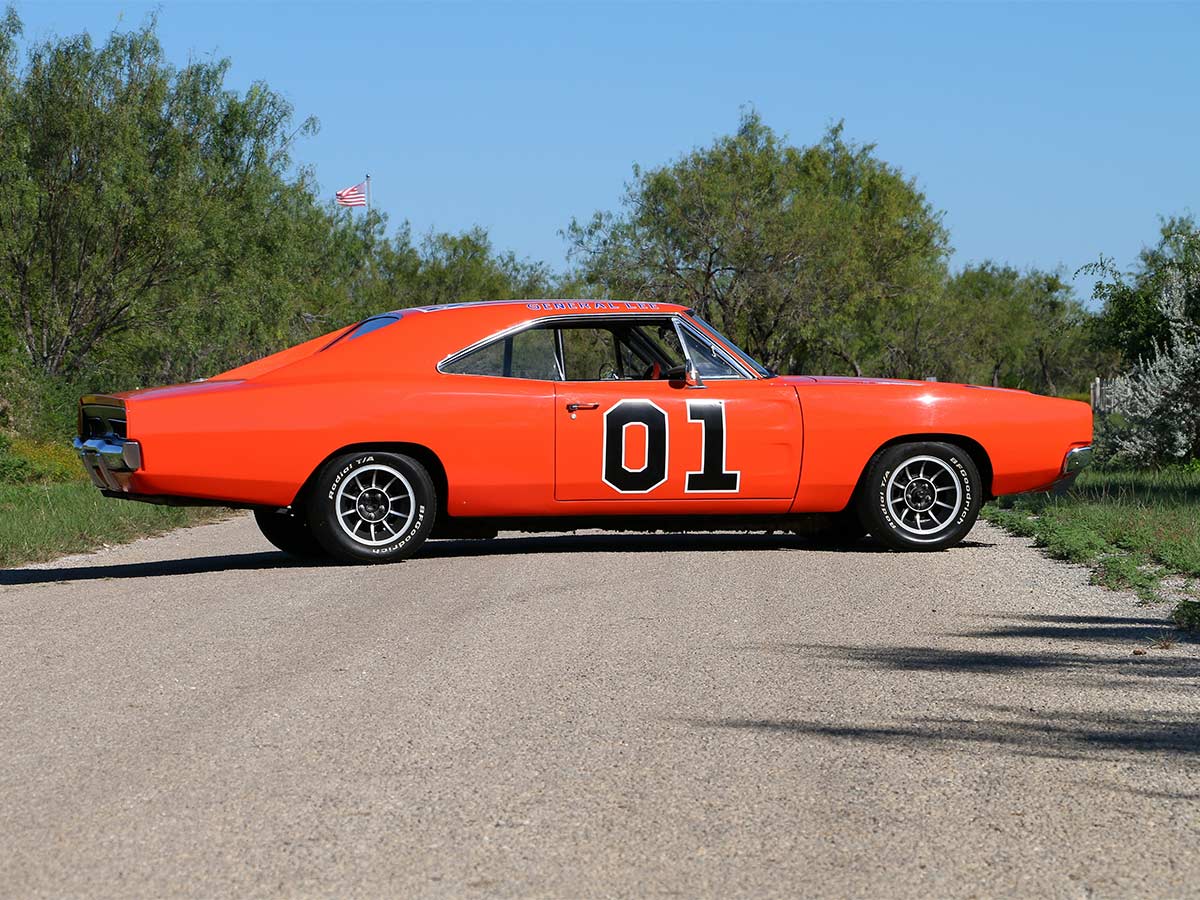
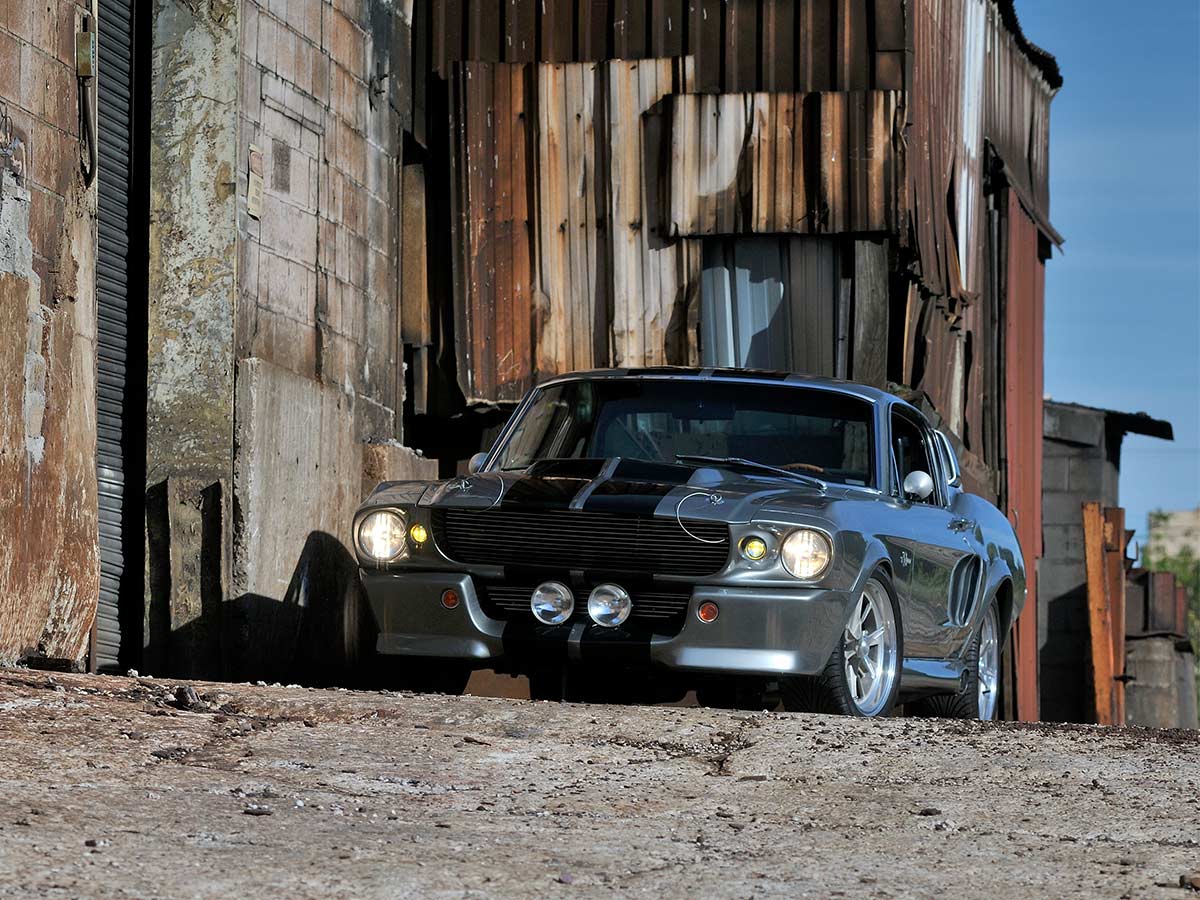
Challenges on the horizon:
While the post-war period was a time of great prosperity, the seeds of future challenges were being sown. The growing emphasis on larger, less fuel-efficient vehicles would prove to be a vulnerability as the global energy landscape shifted.
The Energy Crisis and Restructuring
The 1970s oil crisis triggered a major upheaval in the American automotive industry. Soaring fuel prices eroded consumer demand for large, gas-guzzling vehicles, forcing companies to downsize their models and invest in fuel-efficient technologies. This period was marked by significant challenges, including financial difficulties, labor unrest, and quality issues.
Impact of rising fuel prices:
Soaring gasoline prices forced consumers to reconsider their vehicle choices. Demand for large, gas-guzzling cars plummeted, leading to significant financial losses for American automakers.
Downsizing and fuel efficiency:
To adapt to the new reality, American car companies began downsizing their vehicles and investing in fuel-efficient technologies. This shift in focus was initially met with resistance from consumers who were accustomed to larger cars.
Financial difficulties and labor unrest:
The crisis exacerbated financial difficulties for American automakers, leading to plant closures, layoffs, and increased labor unrest. The industry faced questions about its long-term viability.
Quality issues and foreign competition:
In addition to the energy crisis, American car companies grappled with quality issues and intensifying competition from foreign manufacturers, particularly Japan. Japanese cars were perceived as more fuel-efficient, reliable, and well-built, capturing a growing share of the American market.
Government intervention and regulations:
The U.S. government intervened in the industry through fuel economy standards and emissions regulations, forcing American automakers to invest in new technologies and improve fuel efficiency.

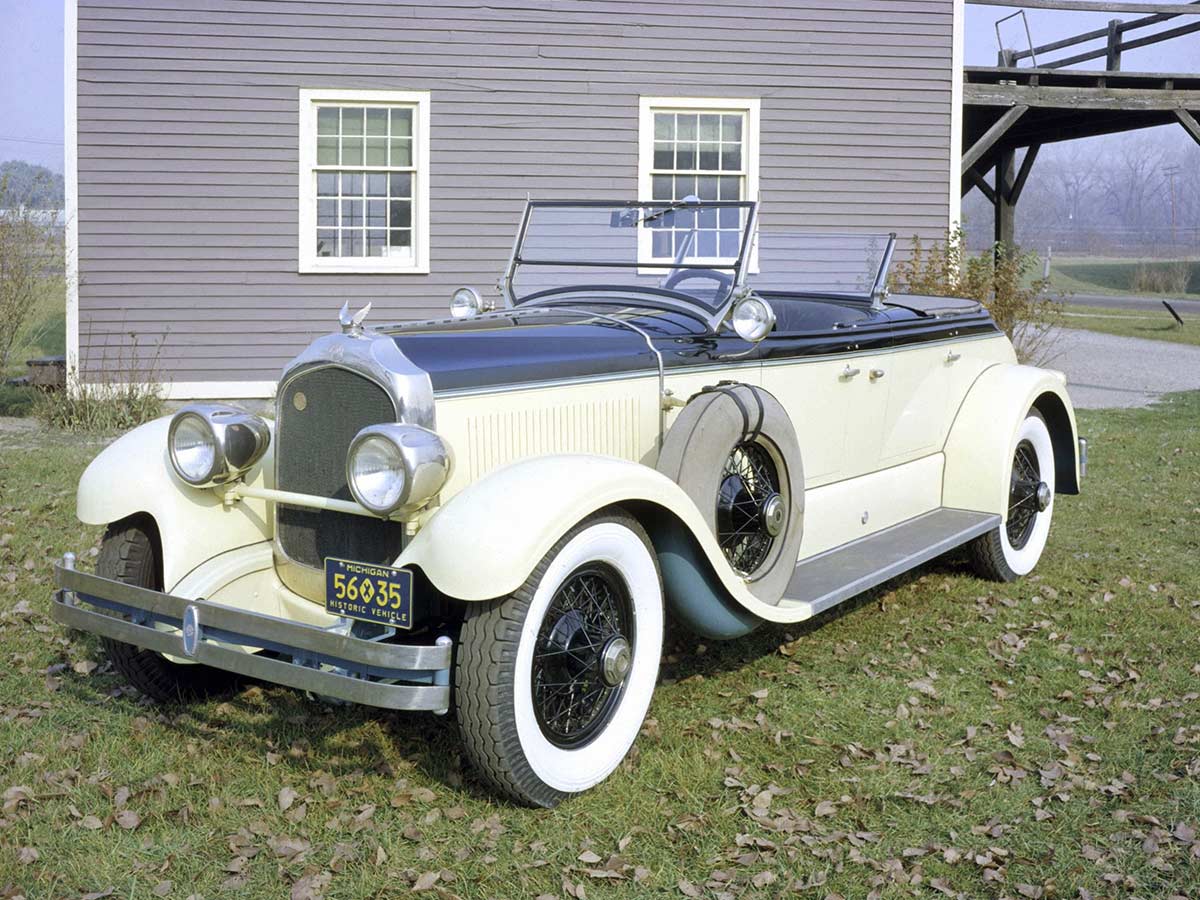
Globalization and Technological Transformation
The late 20th and early 21st centuries witnessed the globalization of the automotive industry. American car companies expanded their operations to international markets while facing intensified competition from foreign rivals. The industry underwent a technological revolution, with advancements in electronics, safety features, and alternative fuel vehicles. Additionally, a growing emphasis on sustainability and environmental concerns shaped the industry’s direction.
Globalization of the industry:
American car companies expanded their operations to international markets, seeking to capitalize on growing global demand for automobiles. However, this also meant facing increased competition from foreign rivals.
Technological advancements:
The automotive industry underwent a technological revolution, with advancements in electronics, safety features, and engine technology. The introduction of anti-lock brakes, airbags, and electronic stability control enhanced vehicle safety.
Focus on fuel efficiency and environmental concerns:
The growing awareness of climate change and rising fuel prices pushed the industry towards developing more fuel-efficient and environmentally friendly vehicles. Hybrid and electric vehicles gained prominence.
Rise of the SUV and crossover:
Despite the emphasis on fuel efficiency, consumer preferences shifted towards SUVs and crossovers, offering a combination of car-like handling and SUV versatility.


Challenges and opportunities:
The American automotive industry continues to face challenges, including economic downturns, changing consumer preferences, and the rise of autonomous vehicles. However, it also presents opportunities for innovation and leadership in emerging technologies.
International Competition: The Rise of Foreign Automakers
Japanese and European carmakers posed significant challenges to the dominance of American automakers.
- Japan: Japanese automakers like Toyota and Honda gained a reputation for producing high-quality, fuel-efficient vehicles. They successfully penetrated the American market by offering reliable and affordable cars.
- Europe: European luxury brands like BMW, Mercedes-Benz, and Audi established a strong presence in the US, appealing to consumers seeking premium vehicles.
The competitive landscape forced American automakers to improve their products and manufacturing processes to remain competitive.
Trade Policies: Shaping the Industry
Trade policies have played a crucial role in shaping the American automotive industry.
- Tariffs: Protective tariffs have been used to shield domestic automakers from foreign competition, but they can also lead to higher prices for consumers.
- Free Trade Agreements: Agreements like NAFTA have facilitated the movement of vehicles and parts across borders, but they have also raised concerns about job losses in the US.
The complex interplay of trade policies has influenced the strategies of American automakers and their global competitors.
The Rise, Fall, and Reinvention of the American Auto Industry
The historical evolution of American car companies is a testament to the power of innovation, entrepreneurship, and adaptability. From its humble beginnings to its position as a global industry leader, the American automotive industry has played a crucial role in shaping the nation’s economy and culture. While the industry has faced numerous challenges, its ability to reinvent itself and embrace new technologies ensures its continued relevance in the 21st century.









